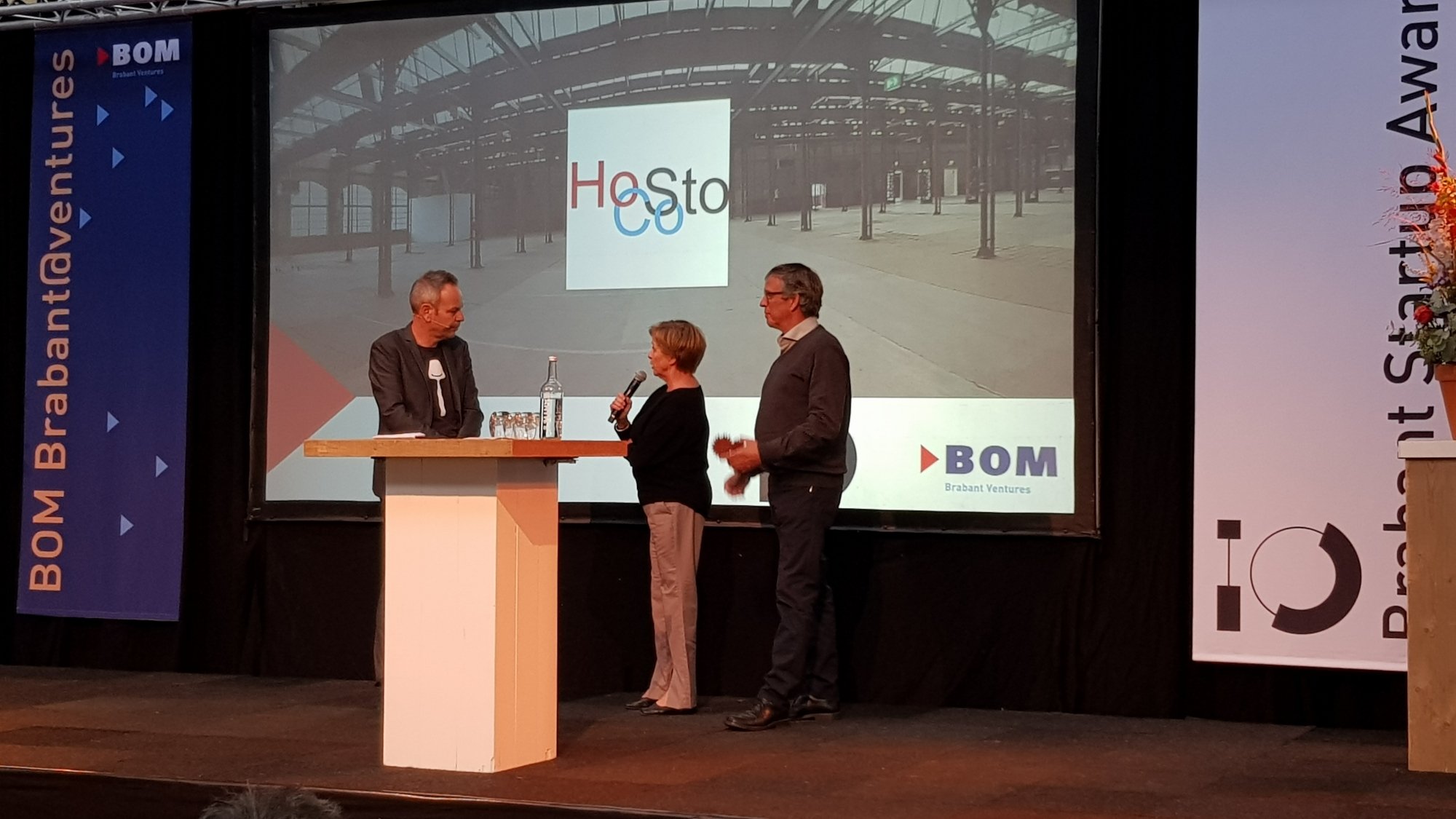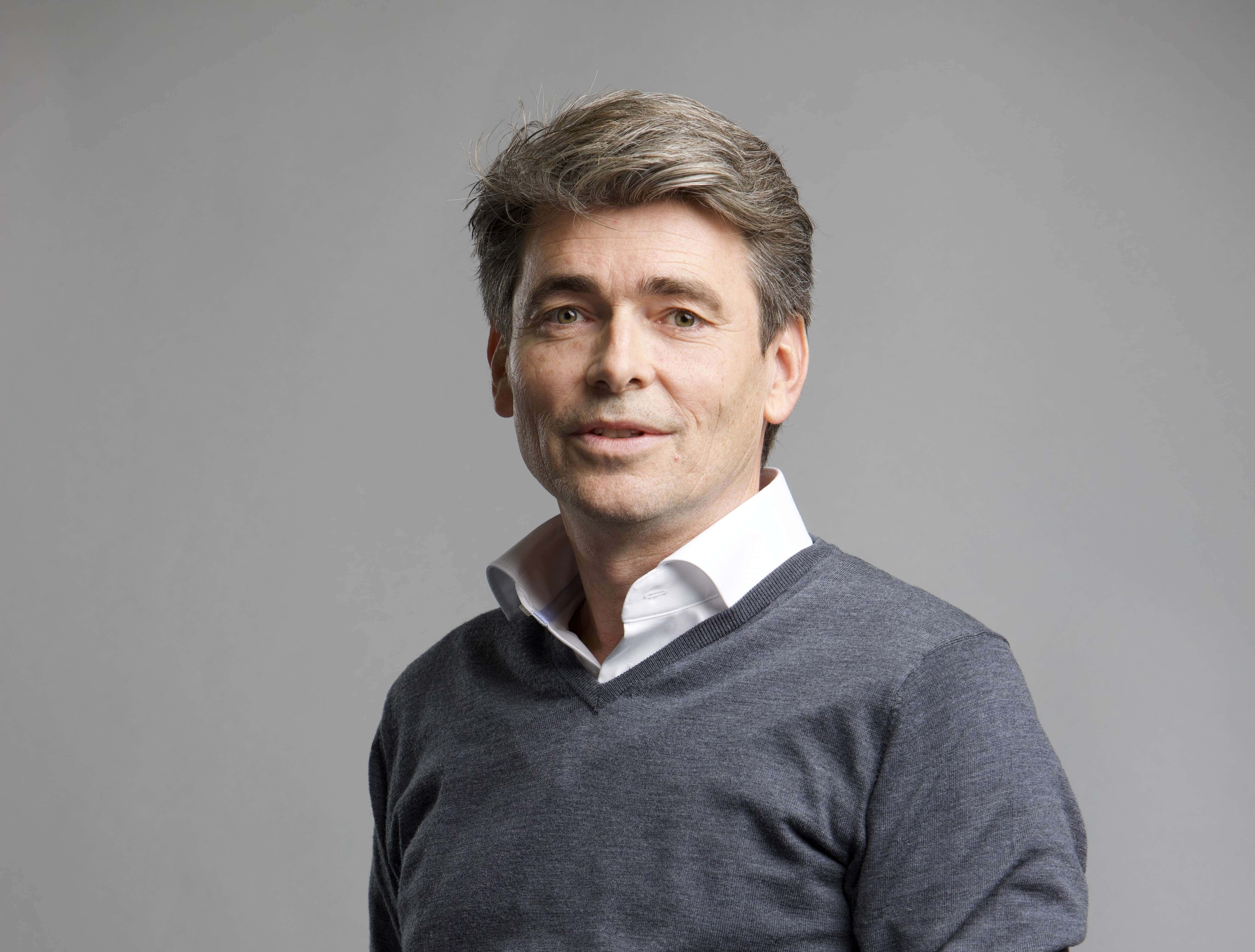
Hocosto (Achtmaal), Lightyear (Helmond), Morphotonics (Veldhoven), Flow.ai (Tilburg) and PeelPioneers (Son) are the first winners of the Brabant Startup Awards. The prizes were presented on 25 September in Tilburg. The Brabant Startup Awards are an initiative of Innovation Origins, in collaboration with BOM Brabant Ventures. In a short series, we highlight the winners of the awards. Today: Hocosto from Achtmaal (Zundert municipality).
Using the summer heat while it’s snowing outside? With the underground storage of Hocosto (“Hot-cold-storage”), it is possible. The underground buffer stores heat in the summer and gives this heat back to traditional heating systems in the winter. Or even in a day/night rhythm. Several companies have already installed a so-called STES (seasonal thermal energy storage) to provide sustainable and economical heating. The ample opportunities for scaling up and international expansion of Hocosto were reasons for the jury to appoint the company as one of the winners.
“No, this is not a WKO”, the Dutch abbreviation for geothermal energy. Hocosto founder René Geerts immediately names one of the most heard misunderstandings: the confusion between his system and Heat-Cold Storage. “We work with much higher temperatures of the stored water, about 75 to 80 degrees instead of the 18 degrees with which WKO works. By using the heat buffer – the “STES” – it is possible to go ‘off the gas’. As a result, Hocosto offers alternatives for governments and entrepreneurs on the issue of ‘gas-free building’ and contributes to the climate objectives of the Dutch government. Hocosto’s heat buffer can be used both in solitary buildings and in a heat network, which offers ample opportunities for scaling up and international expansion.
(text continues below the video)
The heat buffer is the missing link between the generation of heat with solar collectors and the sensible use of that heat. In periods when there are insufficient solar hours to directly meet the heat demand, stored heat from the buffer can be used. This makes the user independent of a gas connection. In Geerts’ words: “It’s all about the right balance. If you know how to find it, anything is possible.”
The special feature of the buffer is that the patented construction method makes it easy and quick to install. No concrete construction or reinforcement is required. This makes local and small-scale storage possible and affordable. The dimensions of the buffer are adapted to the heat demand and thus to the number of users. After covering the STES with an insulation layer and topping it off with earth, the site is functional again up to a pressure of about 5 tons. This allows the location to be used as a garden, playground or car park. The STES functions as an external boiler and is connected to the home installations.
“It’s all about the right balance. If you know how to find it, anything is possible.”
The installation is now in function in a number of private individuals and companies. Geerts is currently busy building a 170 cubic meter tank on a campsite. For a previously built model, that was even 600 cubic metres. Is there a limit to the size? “Technically not, but above 1500 cubic metres I prefer to switch to separate cells connected together. Then you can handle it more efficiently.” The heat source can vary per location. Solar collectors are obvious, but residual heat from industrial processes is also possible. “We even received a request from a crematorium. The customers ultimately decide for themselves where they want to get the heat from.”
Primarily, Geerts sees opportunities for his solution in neighbourhoods. For individual use, it is still a bit expensive, he says. “You have to have a really green heart if you would do that. But if you would build it together with some neighbours it quickly becomes more interesting.”
Geerts would prefer to spend all his time on the execution of the projects, but the reality is that he now spends a lot of time explaining his solution to local authorities. “That is so complicated. Municipalities simply don’t know what to do with it. An innovative, new product does not always fit into the standard regulations. One municipality says “nice” and the next one demands a building or land clearance permit or an exemption from the environmental law. If they were to solve this centrally, we could move on much more quickly. And thus get closer to implementing the climate agreement.”






